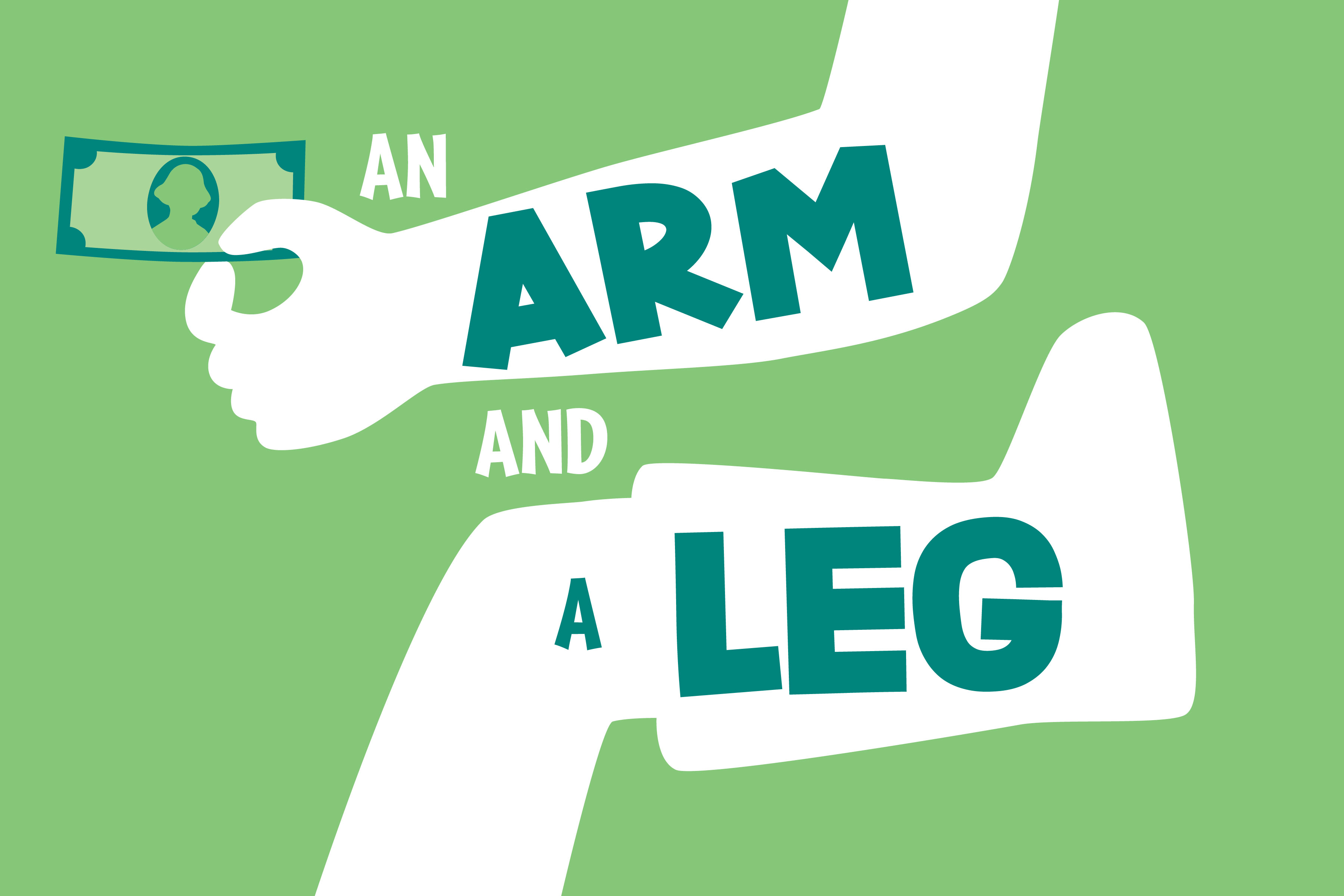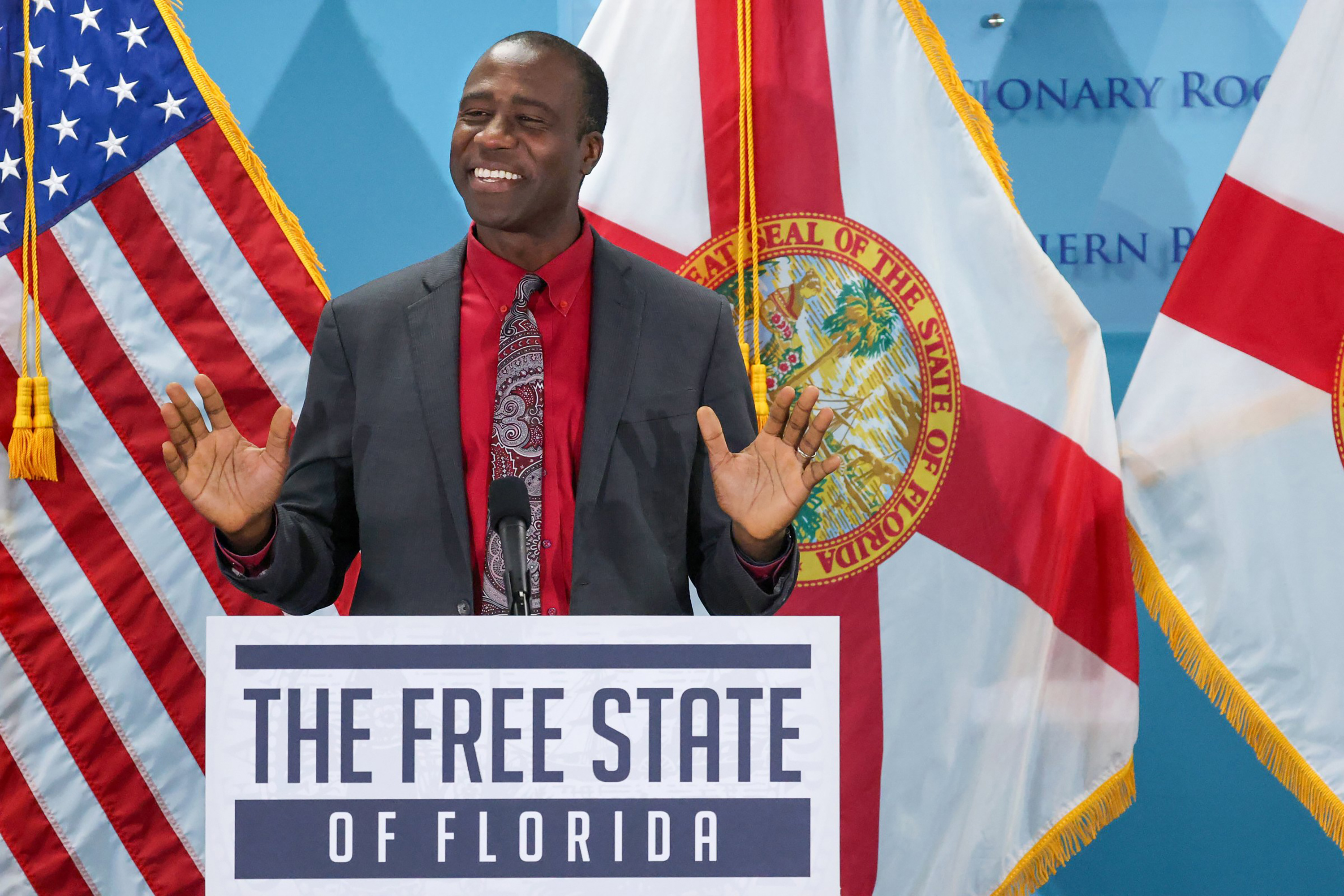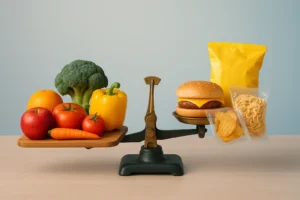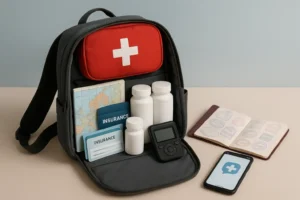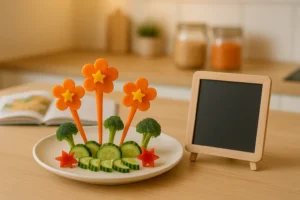Discover practical approaches to fostering gratitude in everyday life. This article presents five effective strategies, backed by insights from experts in the field of positive psychology. From micro-moment journaling to spontaneous expressions of thankfulness, these methods offer simple yet powerful ways to enhance well-being through gratitude.
- Cultivate Joy Through Micro-Moment Journaling
- Connect Daily with Gratitude Messages
- Anchor Appreciation to Daily Habits
- Transform Perspective with Specific Gratitude
- Embrace Spontaneous Moments of Genuine Thankfulness
Cultivate Joy Through Micro-Moment Journaling
For me, incorporating gratitude into my daily routine starts with slowing down long enough to notice the ordinary. One practice I swear by is what I call the “micro-moment journal.” Every evening, I write down just one small, specific moment from the day that made me feel something positive — something I might’ve missed otherwise. It could be the way the morning light hit my desk, a smile from a stranger, or a text that made me laugh.
What makes this practice work isn’t just the writing — it’s the commitment to look for small joys as they happen. It’s training my brain to scan for good, even on tough days. Over time, I’ve noticed it shifts my internal narrative from, “What went wrong today?” to “What was quietly beautiful?” That shift grounds me.
I recommend this practice to anyone because it doesn’t require a major life overhaul — just a sticky note, a phone note, or a few seconds of reflection. And the payoff is real. You start to feel more present, more connected, and surprisingly, more resilient. Gratitude becomes less of a to-do and more of a lens you carry into the world.
 Sovic Chakrabarti
Sovic Chakrabarti
Director, Icy Tales
Connect Daily with Gratitude Messages
At the end of my day, I think of three people who made a difference in my life. I write their names down on a Post-it note next to my phone before I sleep. The next morning, I go for my morning run and I think of each person at each mile marker. I send them a message before my coffee to express my gratitude to them.
On my drive to childcare pickup, I call a friend randomly and leave voicemails, and sometimes even have a long-time catch-up. It’s important to have moments of happenstance.
 Jeff Le
Jeff Le
Managing Principal, 100 Mile Strategies, and Visiting Fellow, George Mason University’s National Security Institute
Anchor Appreciation to Daily Habits
Gratitude, to me, is less of a task and more of a frequency I try to stay tuned into — especially in the quiet moments. One way I incorporate it into my daily routine is by starting each morning with a grounding breath and a simple question: “What am I thankful for right now, even if it’s small?” It might be my health, a patient breakthrough, or just the stillness before the day begins.
One practice I often recommend to both patients and colleagues is what I call “anchor gratitude.” Choose one moment — like brushing your teeth or pouring your coffee—and use it as a daily anchor to silently name three things you’re grateful for. When you attach gratitude to a habit you already do, it becomes automatic over time. And those little moments of intentional appreciation can shift your nervous system into a state of safety, clarity, and presence. It’s not about forcing positivity — it’s about remembering what’s already good, even while things are hard.
 Dr. Sam Zand
Dr. Sam Zand
CEO/Founder, Anywhere Clinic
Transform Perspective with Specific Gratitude
Incorporating gratitude into my daily routine isn’t about grand gestures — it’s about building small, consistent habits that create space for reflection in the middle of busy, demanding days. In a world that moves fast (especially in science, healthcare, and tech), grounding myself with gratitude helps me stay present, connected, and calm even when the inbox is overflowing.
Each morning, before checking my phone or diving into the day’s priorities, I take five minutes to write down three specific things I’m grateful for. Not just the usual “family, health, job” list, but things that happened in the last 24 hours. A conversation that made me laugh. A meeting that felt productive. Even the perfect cup of coffee or a quiet moment before the rest of the world wakes up.
That intentional specificity is key. It trains your brain to scan for positive moments throughout the day. Over time, you start to notice the good as it’s happening, not just in hindsight. It shifts your perspective in real-time.
One practice I always recommend (and personally love) is a “gratitude reset” walk. No phone, no podcast, just ten minutes of fresh air and mental inventory: What’s something today that worked out better than I expected? Who made my day easier? What’s one challenge that taught me something? That simple act of moving your body while shifting your mindset is powerful. It turns gratitude into something felt, not just thought.
Incorporating gratitude doesn’t mean ignoring what’s hard. It means recognizing the good alongside it. And in fast-paced, high-pressure environments like pharma and tech, that balance keeps us grounded and human.
 Olivia Marti
Olivia Marti
Marketing Coordinator, Achievable
Embrace Spontaneous Moments of Genuine Thankfulness
I believe gratitude should be intentional yet not redundant. If you try to force it every day, say the same things, or treat it like a task, it starts to lose meaning.
For me, it’s about pausing when something actually moves me.
The other night, I let the dog out and just stood there. Palm trees were rustling. Wind was on my face. Stars were overhead. I said out loud, “This is my life. What a blessing.” I didn’t plan to say it. It just came out because I meant it.
My practice is simple: catch one moment a day that feels honest, not just positive, and name it out loud; it doesn’t need to be deep. It just needs to FEEL like something inside of us.
 Danielle Aime
Danielle Aime
Founder, Authentic Evolution





